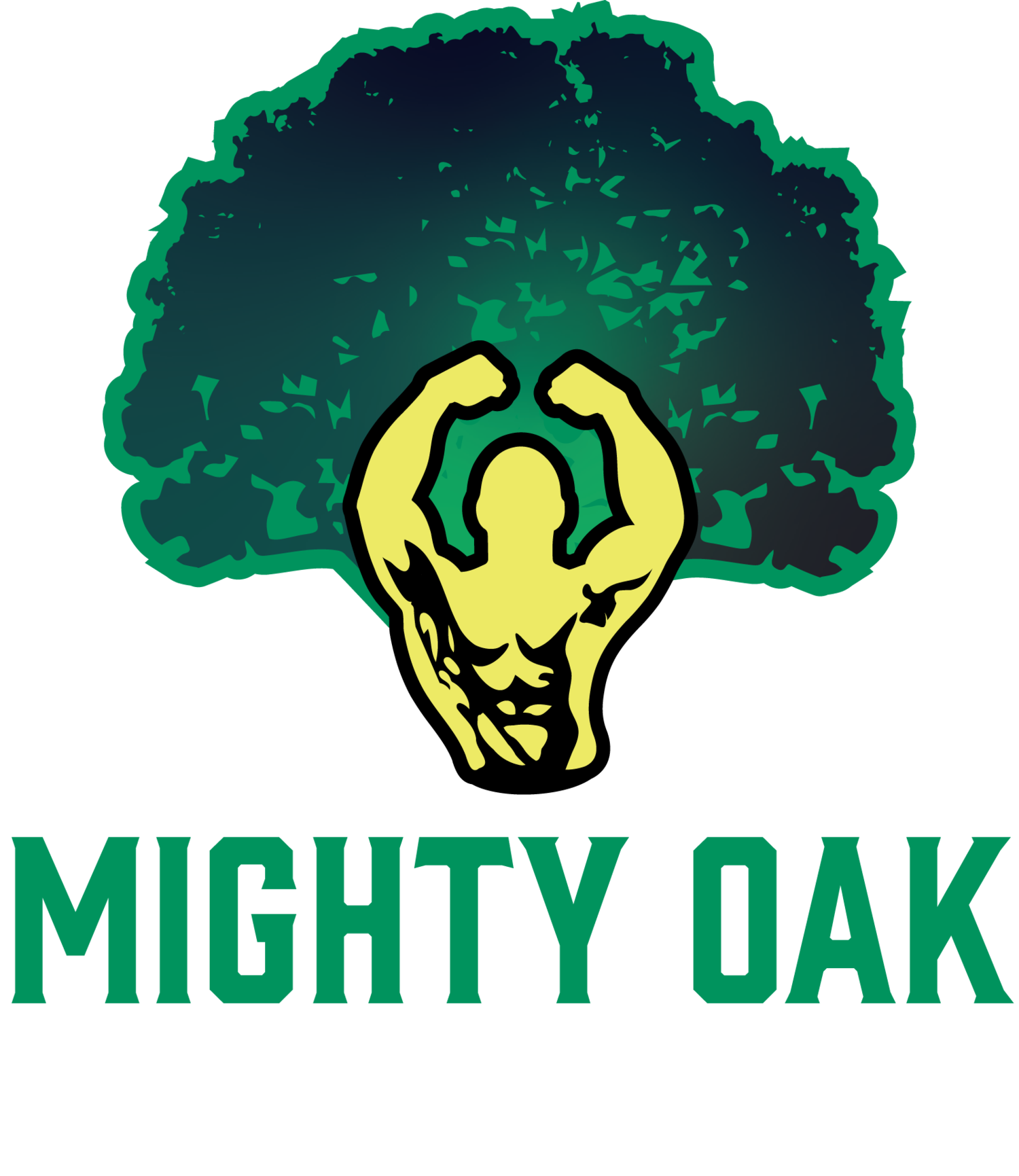The Surprising Reason Why Ditching Your Weight Belt Can Lead to Better Performance
At Mighty Oak Athletic, we understand the appeal of using a weight belt during strength training. Many athletes and fitness enthusiasts believe that a weight belt offers additional support for the spine, increases performance by allowing for heavier lifts, and enhances safety by encouraging proper form. However, at Mighty Oak Athletic, we advocate for a different approach—one that focuses on building natural strength and stability without the reliance on external aids like weight belts.
The Case for Going Belt-Free
While weight belts can provide benefits such as increased intra-abdominal pressure and improved performance for specific heavy lifting, they also come with drawbacks. The primary concern is the potential development of an overreliance on the belt. This overreliance can lead to a neglect in core strength and stability, as the belt effectively does part of the work that the body's core muscles should be doing. Additionally, there's the risk of adopting a false sense of security, prompting individuals to lift heavier weights than they safely should, which can increase the likelihood of injury.
At Mighty Oak Athletic, we prioritize long-term health and functional strength. We believe that developing a strong, stable core without a weight belt prepares our athletes for real-world activities and reduces the risk of injury both in and out of the gym. A strong core is the foundation of all movement, providing stability, supporting proper posture, and allowing for greater overall strength.
Building Core Strength: The Mighty Oak Way
Instead of relying on a weight belt, we focus on strengthening the core muscles through a variety of exercises that target the entire core complex, including the muscles in the front of the abdomen, the sides, and the back. Here are some examples of effective core-strengthening exercises:
1. Planks: A fundamental core exercise that targets the entire abdominal region. By maintaining a push-up position with forearms on the ground, planks engage the deep core muscles along with the shoulders and back.
2. Russian Twists: Sitting on the floor with knees bent, lean back slightly and twist the torso from side to side with hands together or holding a weight. This exercise targets the obliques and helps improve rotational strength.
3. Hollow Holds: Lying on your back, extend arms above your head and legs out straight, then lift shoulders and legs off the ground, holding the position. This exercise strengthens the entire front of the core.
4. Supermans: Lying face down, extend arms in front of you and legs behind. Lift arms and legs off the ground, engaging the lower back and glutes.
5. Bird-Dogs: From a hands and knees position, extend one arm forward and the opposite leg back, then switch sides. This exercise improves balance and stabilizes the core.
A Short, Effective Core Workout
Incorporate the following workout into your routine 2-3 times a week for a stronger, more resilient core:
1. Planks: 3 sets of 30 seconds to 1 minute
2. Russian Twists: 3 sets of 15-20 reps per side
3. Hollow Holds: 3 sets of 20-30 seconds
4. Supermans: 3 sets of 15 reps
5. Bird-Dogs: 3 sets of 10 reps per side
Choosing to train without a weight belt aligns with Mighty Oak Athletic's philosophy of building natural, functional strength and ensuring a balanced development of core muscles. By focusing on exercises that enhance core stability and strength, our athletes are better equipped to handle the demands of their sports and daily lives, reducing their reliance on external support and minimizing the risk of injury. This approach fosters a deeper connection to one's body, promoting a more mindful and holistic approach to strength training.
